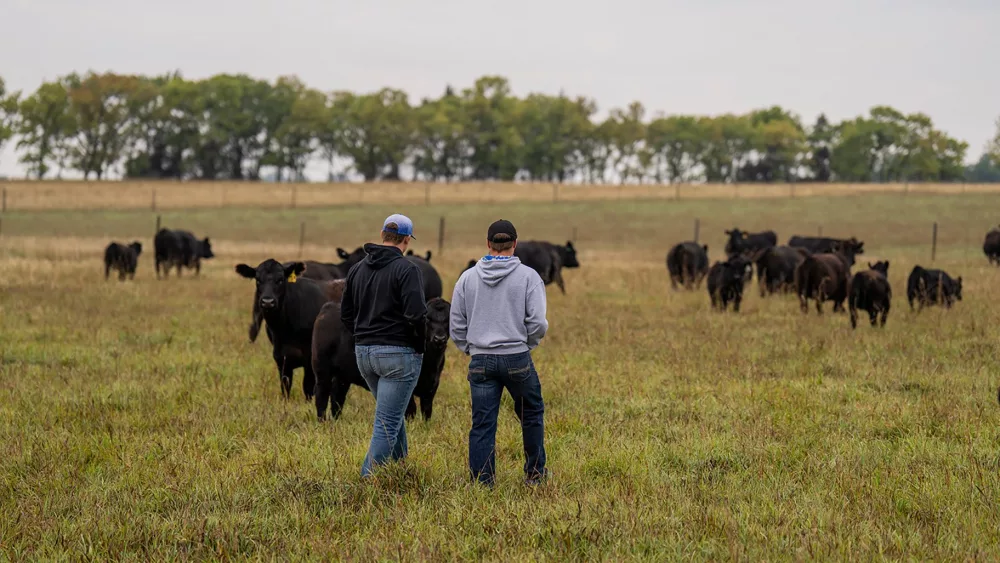Fargo – North Dakota corn farmers are concerned by the announcement from the U.S. Department of Treasury (USDOT) limiting corn-based ethanol’s contribution to the decarbonization of the aviation sector.
Yesterday’s update to the Department of Energy’s (DOE) Argonne GREET model essentially dictates that corn based ethanol must be grown with three additional on-farm conservation practices in order to qualify for tax credits available in the Inflation Reduction Act (IRA) – cover cropping, minimized tillage, and nitrogen management.
The IRA credit requires a 50 percent reduction in green house gas (GHG) emissions. However, the administration’s announcement limits farmers’ options to reaching emission targets.
“The announcement is a blow to corn farmers across the state and country,” said North Dakota Corn Growers Association President Andrew Mauch, who farms in Richland County near Mooreton “The Environmental Protection Agency’s (EPA) recent emissions tailpipe rule will force corn demand downward, leaving our family farmers in search of other markets in which to sell. The administration’s announcement forces current voluntary practices to now become mandatory for farmers to access previously promised markets. With decreasing prices and increasingly questionable profitability, the federal government is prompting our industry to become vulnerable.”
The University of Nebraska-Lincoln in response to the EPA’s original tailpipe proposal, questioned earlier this year whether that ruling could result in a “farm crisis like the 1980s.”
Additionally, the United States Department of Agriculture (USDA) Economic Research Service forecasts farm net income in 2024 at $116.1 billion, a 37 percent drop from 2022.
“North Dakota farmers are not prepared to pair shrinking markets with already predicted tighter margins. It feels especially discouraging that our government would do this to rural America based not based upon facts and data,” Mauch said.
The GREET model was first released by Argonne National Laboratory in 1995 on behalf of the U.S. Department of Treasury. The model already incentivizes farmers for on-farm practices in its greenhouse gas lifecycle analysis. The edits to the model announced yesterday by the U.S. Department of Treasury make changes to the international land use change analysis that are seemingly arbitrary and without scientific basis. The changes will increase the overall carbon intensity score of corn.
Because of the subjective change, farmers throughout the U.S. will be forced to implement a bundle of three choices of practices to qualify for market access; the one-size-fits-all approach is unworkable. North Dakota’s State Climatologist estimates the growing season length in North Dakota varies from approximately 140 days in southern North Dakota to 120 days in northern North Dakota. The difference in climate, soil, and season,
makes it difficult for North Dakota farmers to subscribe to the same conservation regimen in all areas of the state, much less in all areas of the country.
To further complicate the administration’s intention, the current logistics of segregating corn grown according to prescribed standards from corn that is not, make it unfeasible for most storage sites or transportation models, which will limit production and use for SAF.
“The model’s changes prompt us to question if the administration really wants to decarbonize the transportation sector or to simply pick winners and losers in the market,” Mauch said. “The prescriptive announcement will greatly reduce corn-ethanol’s availability for SAF production and ironically in turn limit availability of clean jet fuel in the short term.”
The National Corn Growers Association as well as North Dakota’s corn leaders plan to immediately and continuously work with the administration on improving the requirements.







